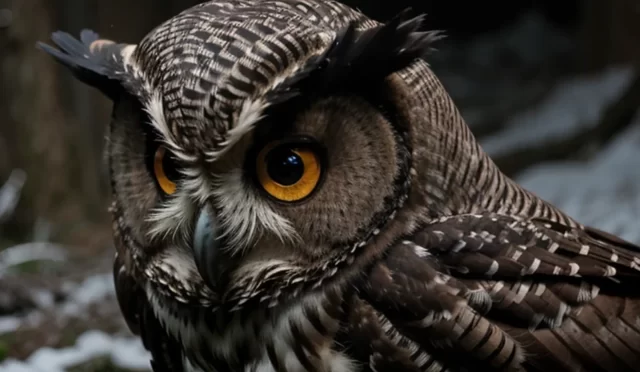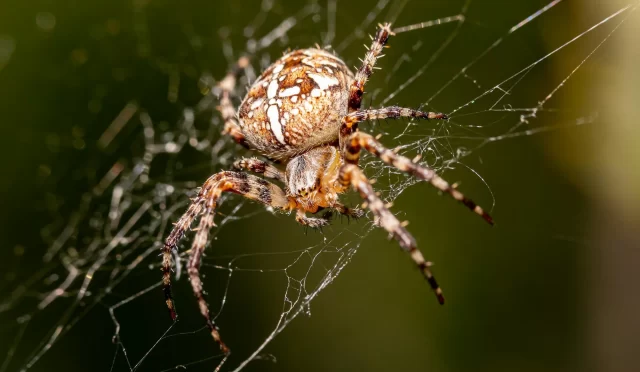Have you ever heard of the Nicobar Pigeon, also known as Caloenas Nicobarica? This stunning bird species is a true marvel of nature, with its vibrant plumage and distinctive features that set it apart from other pigeons. Let’s delve into the world of the Nicobar Pigeon and explore its unique characteristics and habitat.
Physical Features
When it comes to the Nicobar Pigeon, one cannot help but be captivated by its remarkable physical features. This stunning bird species boasts a vibrant plumage that ranges from iridescent greens and blues to striking metallic hues. The Nicobar Pigeon’s feathers reflect light in a mesmerizing way, creating a spectacle of colors that is truly a sight to behold.
The Nicobar Pigeon’s physical characteristics go beyond just its colorful plumage. This bird has a robust build with a strong beak that is well-suited for cracking open nuts and seeds, which form a significant part of its diet. Its legs are sturdy, allowing it to move swiftly on the forest floor.
In terms of size, the Nicobar Pigeon is considered a medium to large bird, with males typically being larger than females. This size difference is more pronounced in this species compared to other pigeons, adding an interesting dynamic to their appearance.
Behavior and Diet
When it comes to the behavior of the majestic Nicobar Pigeon, one cannot help but be fascinated by its unique traits. These birds are known for their shy and secretive nature, often preferring to stay hidden in dense forests and coastal areas. Despite their elusive behavior, Nicobar Pigeons are highly social creatures, forming strong bonds within their flocks.
One interesting behavior of the Nicobar Pigeon is their distinctive courtship display. During mating season, males will puff up their chests, coo loudly, and strut around to attract a mate. This elaborate ritual showcases the beauty and grace of these birds, making it a sight to behold.
When it comes to diet, the Nicobar Pigeon is primarily a frugivore, meaning they mainly feed on fruits. Their diet consists of a variety of fruits found in their natural habitat, such as figs, berries, and seeds. Additionally, these birds may also consume small insects and crustaceans, supplementing their diet with protein-rich sources.
Conservation Status
The conservation status of the Nicobar Pigeon is of significant concern due to various threats faced by this beautiful bird species. Habitat destruction, primarily caused by deforestation and human encroachment, poses a severe risk to the survival of the Nicobar Pigeon. As their natural habitats diminish, these birds are forced to adapt to new environments, often leading to a decline in their population.
In addition to habitat loss, the Nicobar Pigeon is also vulnerable to hunting and poaching for its meat and feathers. Despite legal protections in some areas, illegal hunting continues to pose a threat to the survival of this species. The demand for the striking plumage of the Nicobar Pigeon in the illegal wildlife trade further exacerbates the conservation challenges faced by these birds.
Conservation efforts are being implemented to safeguard the Nicobar Pigeon and ensure its long-term survival. These efforts include the establishment of protected areas and conservation projects aimed at preserving the natural habitats of this species. Public awareness campaigns are also crucial in educating local communities about the importance of protecting the Nicobar Pigeon and its habitat.
Interesting Facts
When it comes to the Nicobar Pigeon, there are several intriguing facts that make this bird truly remarkable. Let’s dive into some interesting aspects of this unique species:
- 1. Vibrant Plumage: The Nicobar Pigeon boasts a stunning array of colors, with iridescent green, coppery red, and shimmering purple hues adorning its feathers. This vibrant plumage sets it apart from other pigeon species and makes it a sight to behold.
- 2. Symbolic Significance: In local cultures and folklore, the Nicobar Pigeon holds symbolic importance. It is often revered as a symbol of beauty, freedom, and harmony, reflecting the deep connection between nature and humanity.
- 3. Unique Courtship Display: During the breeding season, male Nicobar Pigeons perform elaborate courtship displays to attract females. This includes puffing up their chests, cooing melodiously, and showcasing their colorful plumage in a captivating dance of love.
- 4. Ecosystem Role: The Nicobar Pigeon plays a vital role in its ecosystem by dispersing seeds through its diet. As it feeds on fruits and seeds, it helps in the regeneration of plant species and maintains the balance of the local flora.
- 5. Longevity: Known for its longevity, the Nicobar Pigeon has a lifespan that can extend up to 25 years in the wild.
- 6. Social Behavior: These pigeons exhibit strong social bonds within their flocks, displaying cooperative behaviors and communication through various vocalizations. Their cohesive social structure enhances their survival and breeding success in the wild.
- 7. Geographic Range: The Nicobar Pigeon’s distribution spans across the Nicobar Islands and parts of Southeast Asia, where it thrives in diverse habitats ranging from dense forests to coastal regions. This wide geographic range showcases the adaptability of this species.
- 8. Conservation Concerns: Despite their beauty and significance, Nicobar Pigeons face threats from habitat loss, hunting, and human interference. Conservation efforts are crucial to safeguarding the future of these birds and preserving their natural habitats.





